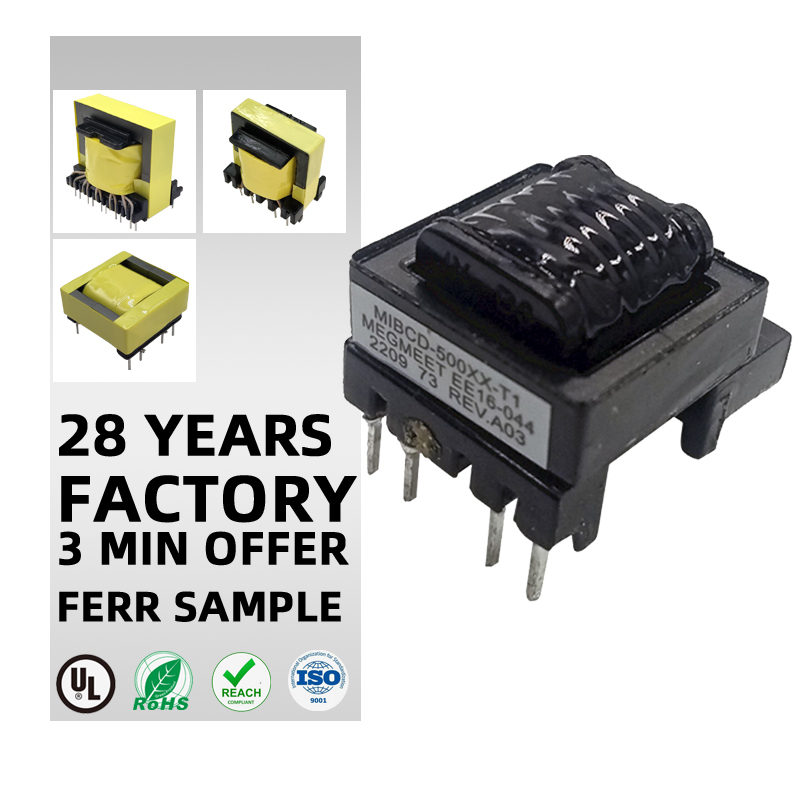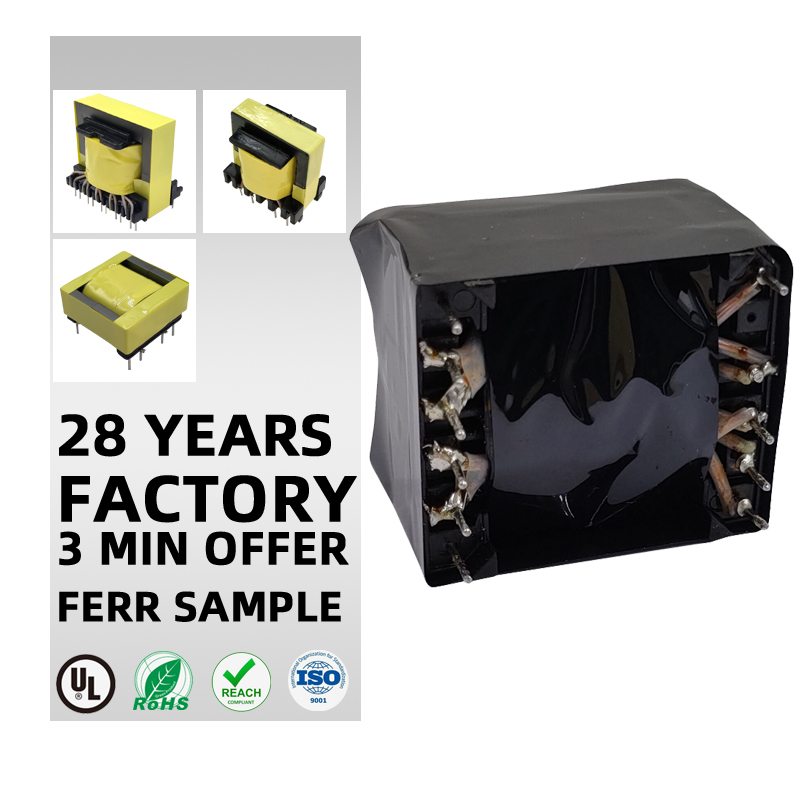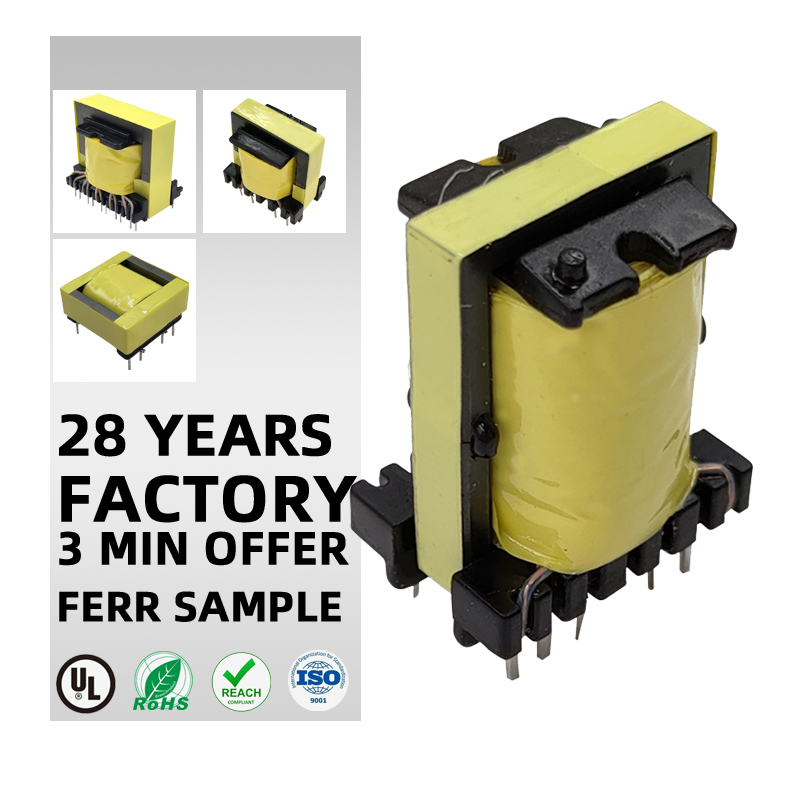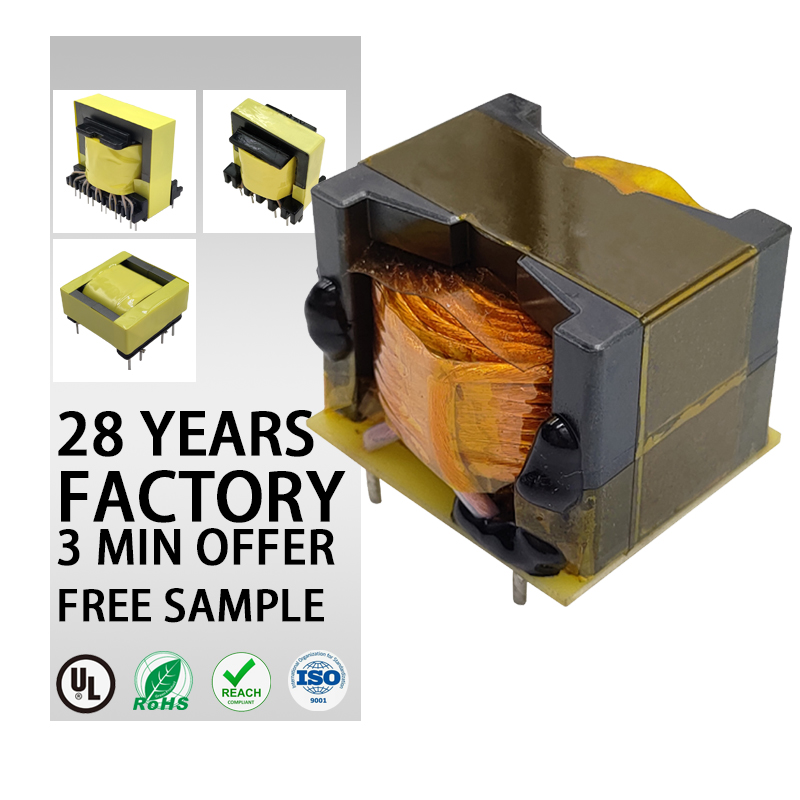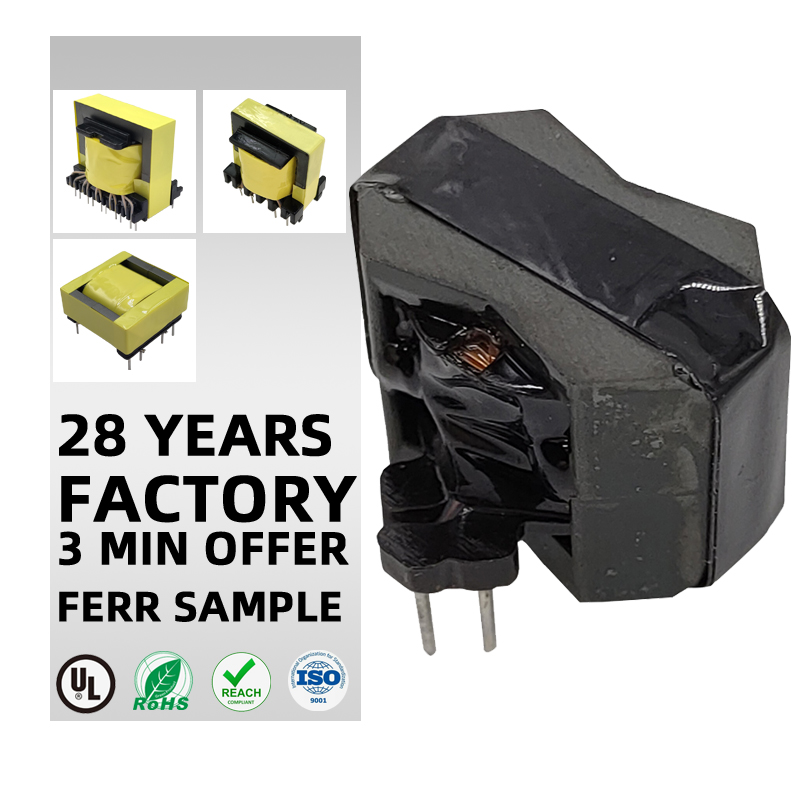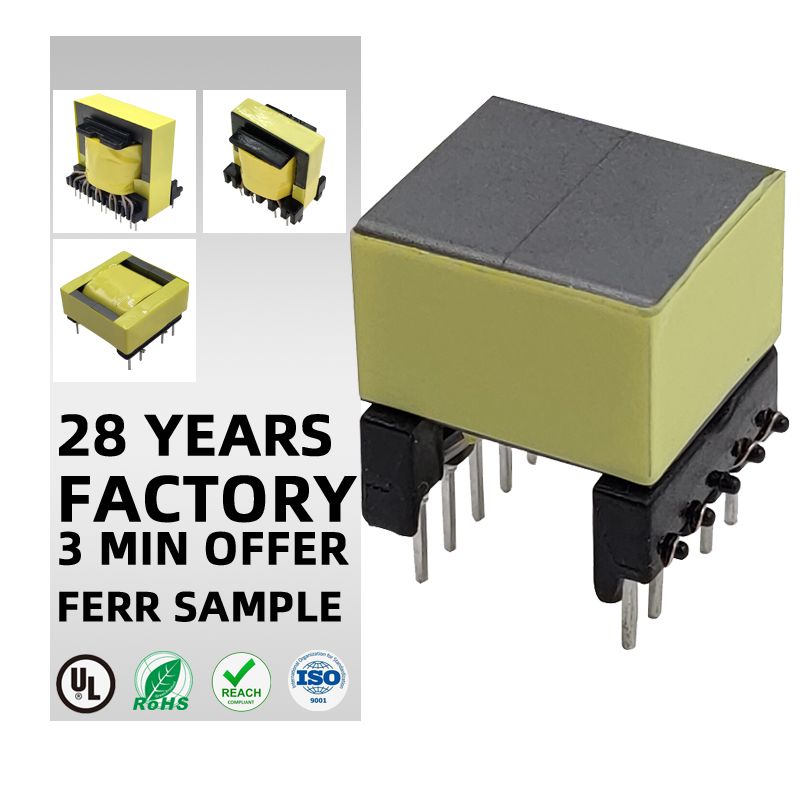Is it safe to use a step-down transformer?
2024-08-23
Yes, it is generally safe to use a step-down transformer if it's used correctly and appropriate precautions are taken. However, like any electrical device, there are certain considerations to ensure safety and proper operation. Here's what you need to keep in mind:
1. Choose the Right Power Rating:
- Ensure that the step-down transformer is rated for the power (wattage or amperage) of the device you are using. If the transformer’s power rating is lower than the device’s requirement, it can overheat and potentially cause damage or a fire hazard.
- Example: If you have a 1000-watt appliance, make sure the transformer is rated for at least 1200 to 1500 watts to handle the load safely.
2. Ventilation and Heat Management:
- Transformers can generate heat during operation, especially when they are running at or near full capacity. Ensure that the transformer has adequate ventilation and is placed in a well-ventilated area to prevent overheating.
- Some step-down transformers come with built-in cooling systems (fans) or thermal protection to help manage heat.
3. Circuit Protection:
- Many modern step-down transformers are equipped with built-in safety features like fuses or circuit breakers that protect against overloads or short circuits. These features ensure that the transformer shuts down in case of a fault, preventing damage to the connected devices and reducing the risk of fire or electrical shock.
4. Quality and Certification:
- Use a transformer from a reputable manufacturer, and ensure that it has the necessary safety certifications, such as CE, UL, or ETL markings. These certifications indicate that the product has passed safety standards and testing.
- Cheaper, uncertified transformers may lack important safety features, making them riskier to use.
5. Grounding:
- Ensure that the step-down transformer is properly grounded to reduce the risk of electrical shock. Grounding helps protect you and your devices from surges or faults in the electrical system.
6. Avoid Overloading:
- Do not plug multiple high-power devices into the transformer if their combined power exceeds the transformer's rating. This can overload the transformer, leading to overheating and possible damage.
7. Short-Term vs. Long-Term Use:
- Step-down transformers are generally safe for continuous use if they are correctly sized and installed. However, for long-term solutions, especially for large appliances, consider getting the proper voltage system installed rather than relying solely on a transformer.
8. Avoid Frequent Plugging and Unplugging:
- Repeatedly plugging and unplugging devices can wear out the transformer’s sockets or cause electrical sparks. To prevent wear and tear, avoid frequent disconnection and reconnection when unnecessary.
9. Check for Damage:
- Regularly inspect the transformer for signs of damage, such as frayed wires, cracks in the casing, or any unusual smells or sounds during operation. If any issues are detected, discontinue use and have the transformer repaired or replaced.
10. Use Only with Compatible Devices:
- Make sure the devices you're using are compatible with the output voltage and frequency (Hz) of the transformer. A step-down transformer will only change the voltage; if you're using it in a region with a different frequency (e.g., 50Hz vs. 60Hz), this might affect the operation of certain appliances, like clocks or motors.
In Summary:
Using a step-down transformer is safe as long as you:
- Choose the correct power rating.
- Ensure proper ventilation and heat management.
- Use a quality, certified device.
- Avoid overloading the transformer.
- Regularly check for damage or wear.
By following these guidelines, you can safely use a step-down transformer to convert voltage from 220V to 110V for your appliances and devices.
-
E-MAIL: pxsales3@goldeneagle-cn.com
Phone: +86-18979985376
NAME: JUDY



